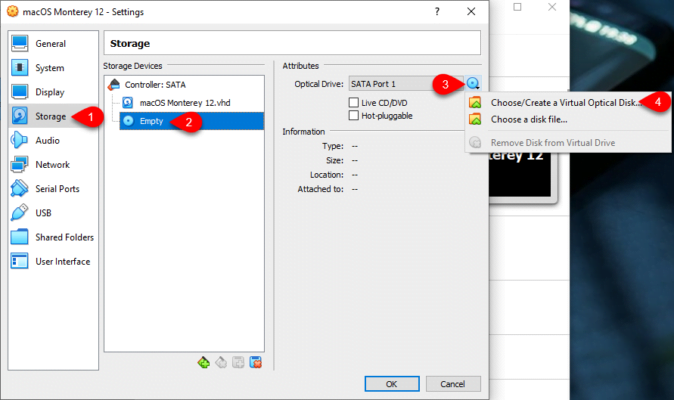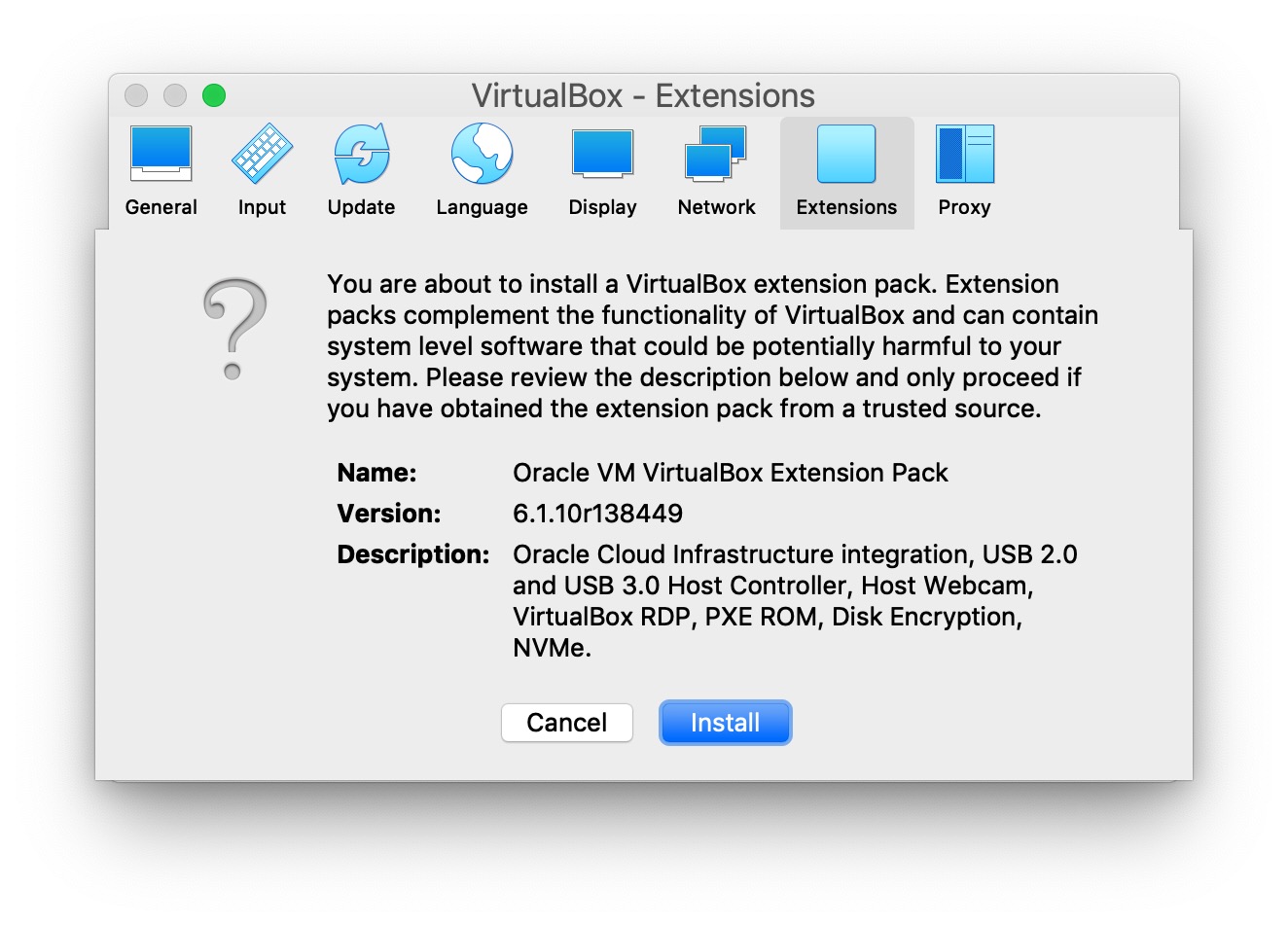
Since it was created using sudo, root has ownership and rights. Add the VMDK to your VM and Bootīefore you can add the newly created VMDK to your VM, you need to take ownership of it.

Now you can attach the VMDK to your VM and boot from it.

The VMDK will be a very small file that simply points to disk you created in Step 1. So, for our purposes, the command would be (note the escaped spaces) VBoxManage internalcommands createrawvmdk -filename ~/Install\ macOS\ Sierra.vmdk -rawdisk /dev/disk7 The syntax of the command is as follows: VBoxManage internalcommands createrawvmdk -filename. To do this, we are going to use VirtualBox's "raw hard disk access" to create a pass through to the newly created drive image. The newly created image will need to be unmounted for the next step, so go ahead an unmount the disk. When it's done it will automount the new Volume and you should see it on your Desktop. dev/disk7s2 Apple_HFS /Volumes/macos-installation-mediaįinally, use createinstallmedia from the macOS Installer to create the installation image: sudo /Applications/Install\ macOS\ Sierra.app/Contents/Resources/createinstallmedia -volume /Volumes/macos-installation-media -applicationpath /Applications/Install\ macOS\ Sierra.app/Īllow it to finish. In my environment, mine was disk7 your's will likely be different.

Pay attention to the disk identifier as you will need it in Step 2. You will get a message that looks similar to the one below. Next, mount the image hdiutil mount ~/macos-installation-media.sparseimage Using hdiutil create a sparse (expanding) disk image with a size of 6GB hdiutil create -size 6GB -fs HFS+ -volname "macos-installation-media" -type SPARSE ~/macos-installation-media In the steps below, assume the working directory is the user's home ( ~/). For this we are going to use VB's ability to access a "raw" drive through a VMDK which will act as a pass-through device that VB can recognize and mount. However, there's nothing that says it must be a physical USB device and not a disk image instead.

We are going to use the createinstallmedia utility included with the macOS Install App to create a USB image.


 0 kommentar(er)
0 kommentar(er)
